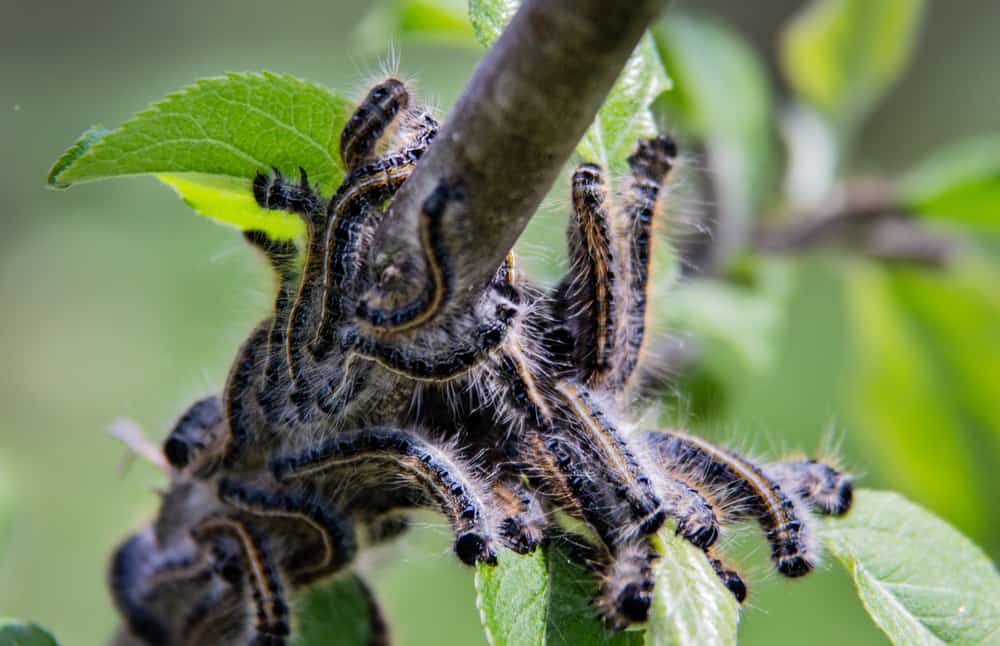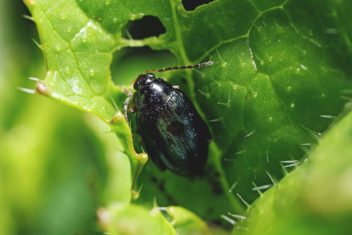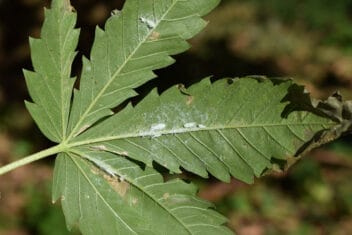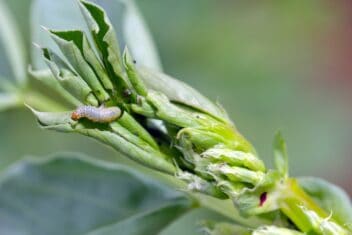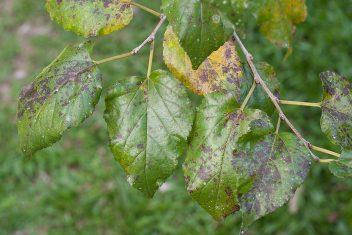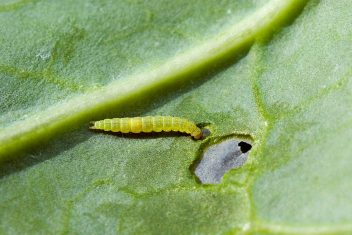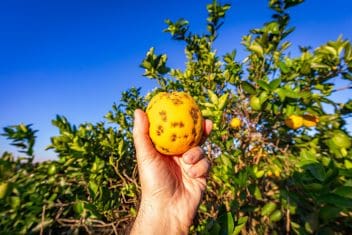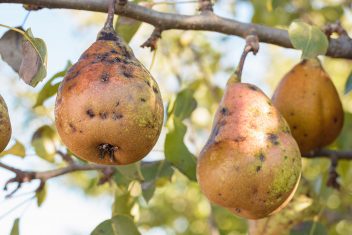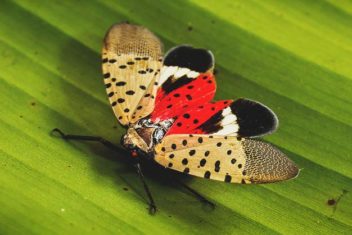Have you ever walked into a sticky, writhing mass of fury outdoors? Or been rained upon by so many wiggling beasts that you ran away screaming? Then you’ve likely come across tent caterpillars before. Read on to learn how to deal with them if and when they show up.
What Are Tent Caterpillars?
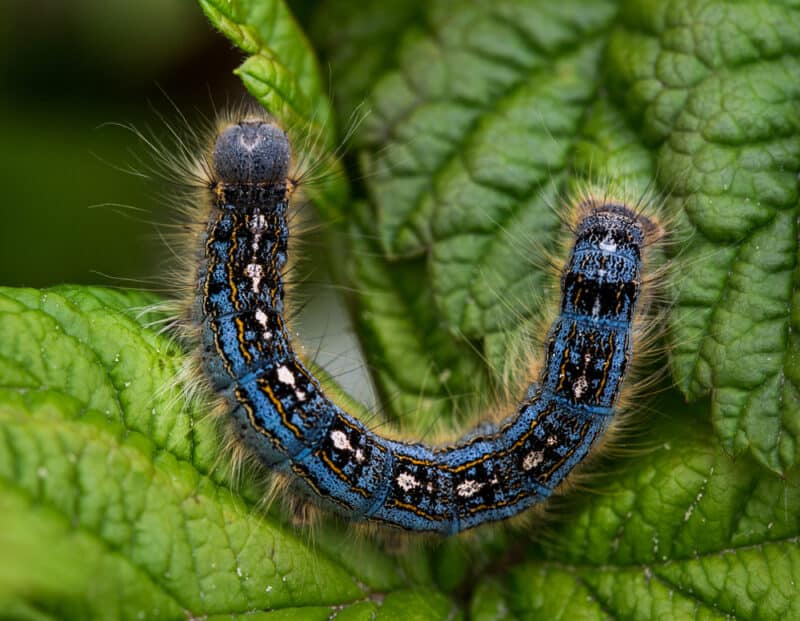
Meet some members of the Malacosoma moth genus. These moths have soft, fuzzy bodies in various pale, pastel, or neutral shades. They help pollinate a wide variety of plants, and they’re a food source for many birds and small animals, but their offspring are a veritable horror show.
These larvae are social, fuzzy little wigglers who make large, silken nests in the branches of deciduous trees (those that lose their leaves annually) all across North America , most of Europe, and parts of Asia as well.
While many prefer forest locales, you’ll also find them gumming up trees in cities and suburbs. If you look up into tree branches during the summer, you may wish you hadn’t: many of them will be writhing with masses of these caterpillars, which often drop down onto unsuspecting passersby.
Tent caterpillars are known as “defoliators” because they devour the leaves off whatever trees they decide to nest in. Once they’re done, these trees will be as bare as they are in winter.
As you can imagine, this can devastate people cultivating fruit- and nut-bearing species. If there aren’t any leaves or flower buds on the trees, there won’t be any food to harvest from them.
If you grow fruit trees and you’d like to actually have a successful crop, you’ll need to learn some management methods.
3 Ways to Deal with Tent Caterpillars
There are a few different approaches you can take to get rid of tent caterpillars, depending on which point in their life cycle you’re contending with.
1. Eliminate the Egg Clusters
These moths lay their eggs on trees during the summer months. Eastern species tend to lay them in June or July, while Western species aim for August or September.
These egg clutches look like lumpy globs of old styrofoam. They might be beige or cream-colored, but most of them are brown. These stick to the trees over the winter and erupt into squirmy masses of larvae the following spring.
If you find these clutches, you can remove them by gently scraping them off the branch or trunk with a scraper or the back of a knife. Avoid removing the bark while doing so: we’re trying to keep these trees from being damaged, not cause damage in the process.
Once you’ve removed the clutch, you can either seal it into a plastic zipper bag and dispose of it, or toss it into a bucket or jar of vinegar. This will dissolve the eggs and end the life cycle.
Alternatively, if you don’t want to scrape the clusters off or they’re too difficult to remove, you can smother them instead. Grab a paintbrush, mineral oil, or vaseline, and coat the clusters. This will smother the clutch within by preventing air flow in or out.
2. Take Down the Nests
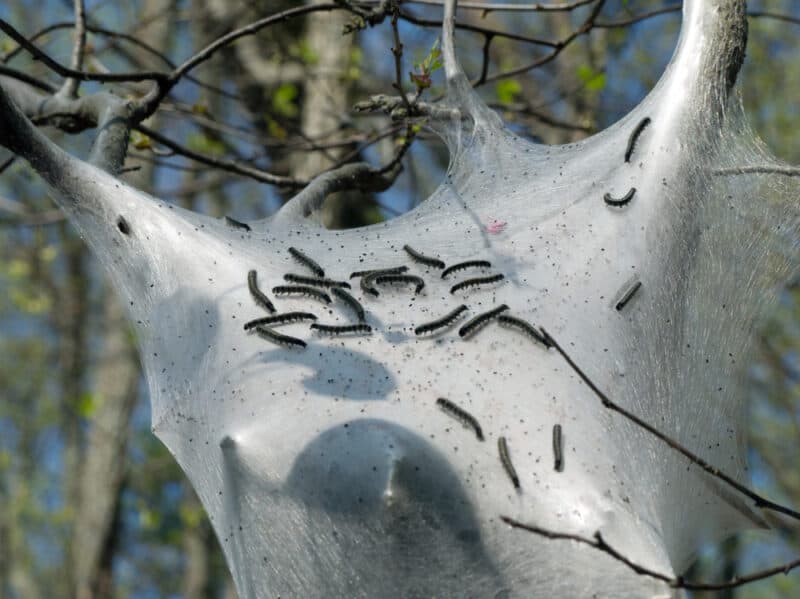
This is one of the most effective methods for dealing with tent caterpillars but isn’t for the faint of heart. You will get caterpillars on you during this process, so if you’re squeamish, be sure to wear protective gear.
The easiest way to take down tent caterpillars’ nests is to treat them like cotton candy. Seriously. Grab a large stick — preferably one that has a forked tip. Then use it to reach into the silky nest and start twirling.
You’ll catch the nest fibers on the branch, and as you twirl, it’ll create a fluffy cone. It’ll look rather like a horrifying version of cotton candy on a stick by the time you’re done.
Once you’ve finished twirling, you have two options:
- Drop the branch onto the ground somewhere to let the larvae crawl away
- Drown everything in a large bucket or tub of hot or soapy water, or 50/50 water and vinegar
If you drop the branch on the ground (preferably far away from your trees), the larvae will likely be gobbled up by birds, rodents, and various amphibians or reptiles faster than you can blink.
Many species consider these squirmers tasty, and once they’re out of their protective silk nest, they’re a crawling buffet of deliciousness that’ll be devoured in no time flat.
In contrast, drowning them in a vinegar solution effectively kills them, but it’ll render them inedible to local wildlife. If you’d prefer the latter option but still want to feed local critters, use hot water to drown them. Then pour the water out and let nature take its course.
Don’t try to burn out the nests! This is a great way to burn down your whole neighborhood. If these crawlers creep you out, just imagine a flaming ball of them falling onto your ground and setting a huge fire. Nightmare material!
3. Use a Selective Biological Insecticide
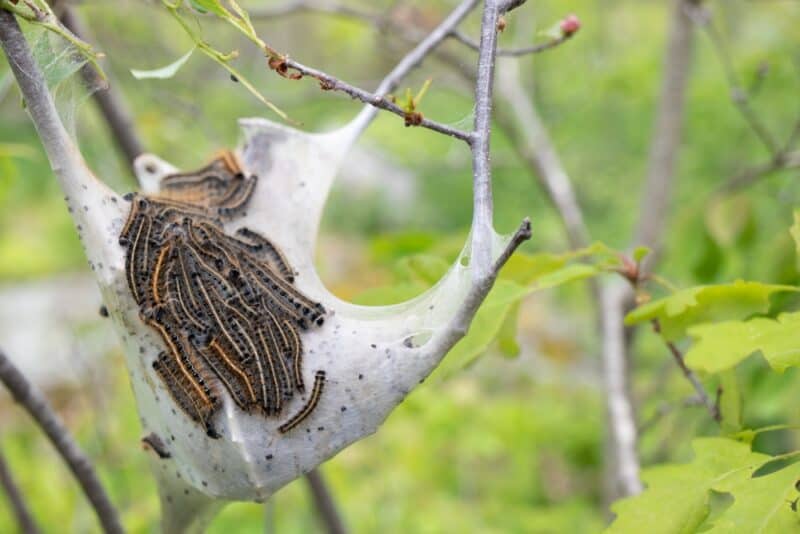
It’s generally best to avoid chemical warfare unless there’s no other choice, as the widespread damage that insecticides cause wreaks havoc on entire ecosystems. Aim for the least destructive option possible if you have no choice but to go this route.
For example, Bacillus thuringiensis is a gram-positive bacterium that specifically kills butterfly and moth larvae. It’s sprayed on foliage, and any larvae that consume it will die within five days.
Just note that this insecticide isn’t species-specific. As a result, it can affect beneficial species that happen to be in the area.
For example, if the foliar spray you’re using to eliminate tent caterpillars on your apple trees wafts over to nearby native milkweed plants, you could kill scores of endangered Monarch butterflies [1] that use those plants as their primary food source.
Furthermore, new research shows that this bacterium can also be lethal to certain bumblebee species. [2]
Nothing exists in a vacuum, and there are repercussions to every choice we make. If you can avoid going this route, please try to do so.
Tolerance
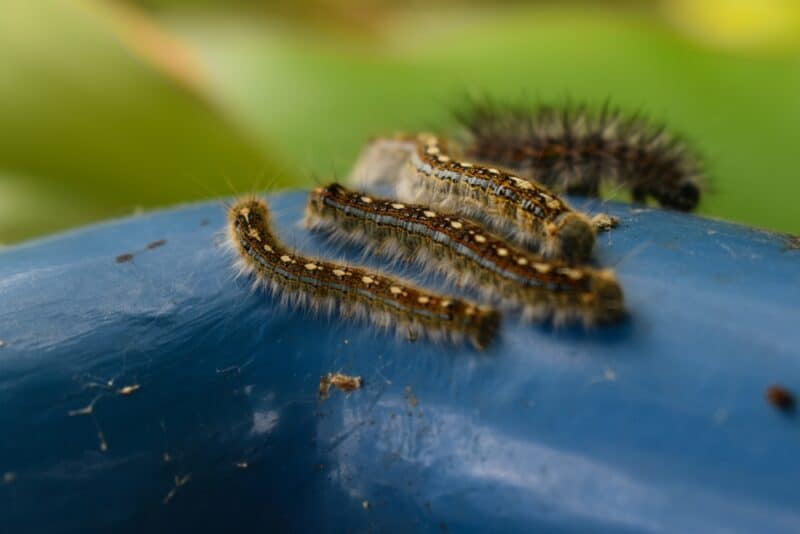
As mentioned earlier, tent caterpillars rarely cause lasting damage to the species they inhabit.
If they hit the same trees a few years in a row, that might leave them more susceptible to predation or disease, but other than that, they’re simply a temporary nuisance. If your trees are at risk, try to eliminate the clutches before they can hatch, as an ounce of prevention is worth a pound of cure.
Most of the time, populations tend to wax and wane. One year, you’ll have a huge infestation, and the following year, hardly any at all.
Many experts suggest that you use a technique known as tolerance. In other words, just ignore them. Your tree might not look or perform its best that year, but it will recover the next, and you can put the whole ordeal behind you.
If you continually see large infestations year after year and your tree is suffering, go ahead and use the methods listed above. Then, work on improving the environment in your garden. Beneficial predator insects will keep the caterpillars in check in a healthy garden.
References:
- Hellmich RL, Siegfried BD, Sears MK, Stanley-Horn DE, Daniels MJ, Mattila HR, Spencer T, Bidne KG, Lewis LC. Monarch larvae sensitivity to Bacillus thuringiensis- purified proteins and pollen. Proc Natl Acad Sci U S A. 2001 Oct 9;98(21):11925-30. doi: 10.1073/pnas.211297698. Epub 2001 Sep 14. PMID: 11559841; PMCID: PMC59744.
- Mommaerts V, Jans K, Smagghe G. Impact of Bacillus thuringiensis strains on survival, reproduction and foraging behaviour in bumblebees (Bombus terrestris). Pest Manag Sci. 2010 May;66(5):520-5. doi: 10.1002/ps.1902. PMID: 20024947.
